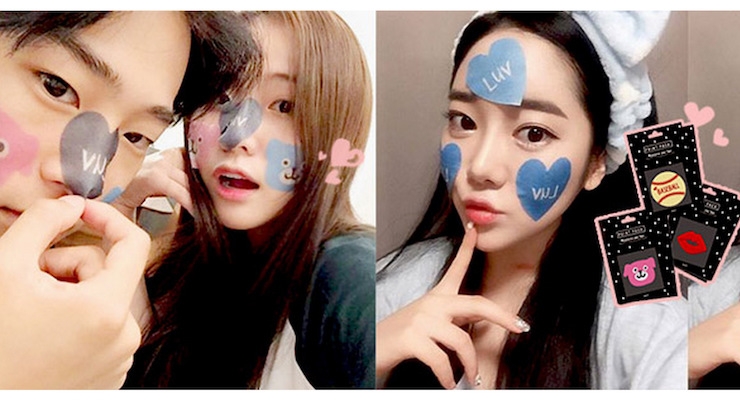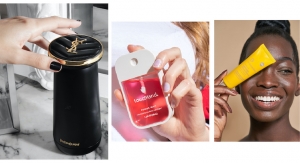Nick Vaus, Partner & Creative Director, Free the Birds02.22.18
There’s something quite comforting when you visit a drugstore almost anywhere in the world and see some familiar faces amongt the local brands. From Australia to Zambia, Nivea, Dove and Gillette are constant companions. But with the rise of digital, our world has become smaller, far more personal and fragmented.
So, are global brands going the way of the dodo, or is there still a place for them?
From a brand design and comms viewpoint, I’d say there can no longer be a one-size-fits-all solution.
The latest K-beauty launch in Seoul goes halfway round the world via Instagram in seconds. Passive models in magazine ads are replaced by passionate and witty vloggers.
People use augmented reality apps to test drive products and social share in a second, and order products in bespoke packaging direct to their door. Concerns about sustainability and wellness lead people to look closer to home for natural, locally-produced beauty products. And with DNA testing becoming affordable, truly personalized formulations are just around the corner.
In an increasingly hyper-individual world, it’s hard to see a completely rosy future for global brands. Unilever and Estée Lauder recognize this. They’ve tracked the steady decline of mass fragrance and the rise of the niche, seen the writing on the wall for skincare and color cosmetics, and acted accordingly with recent niche and premium brand buying sprees.
Global Brands Aren't Impossible
Global brands aren’t impossible – Nivea’s success in China attests to that – but in order to survive and thrive they have to behave like a local upstart.
Due to regulations variations, many global brands already execute regional and country-specific products. It’s typical to tweak packaging artwork to suit the different country requirements, or to alter formulations in markets where cruelty-free or Halal is a must.
Going 'Glocal'
So why shouldn’t global brands go one step further and embrace the challenge of really going glocal, particularly if some of the parts of the supply chain are already in place to do it?
With the rewards so lucrative, why would you not consider how to translate your global brand identity, packaging design and communications into localized versions that look, sound and feel relevant to those consumers?
We recently devised an advertising campaign for a global consumer goods brand. The same big brand idea. But every single ad was reworked to use a model typical of the country, different background visuals, different color of clothes, and claims dialed up and down to match the local market research insights.
Katalin Berenyi, co-founder of Erborian tells of how they toned down their signature blazing red retail concept in Seoul, where it’s an unlucky color that almost borders on social impropriety! These don’t require much more effort or cost, and it respects cultural diversity in a way that one-size-fits-all solutions never can.
'Glocality' is Here to Stay
It might seem daunting, but the very digital technology that caused this fragmentation also makes it easier for brands to respond to it.
Social media allows 24/7 local market insight and engagement possibilities. Skype, Dropbox and Slack enable decentralized, creative ways to work with local teams to nuance the brand proposition to each market.
Glocality is here to stay. Long live glocal.






























